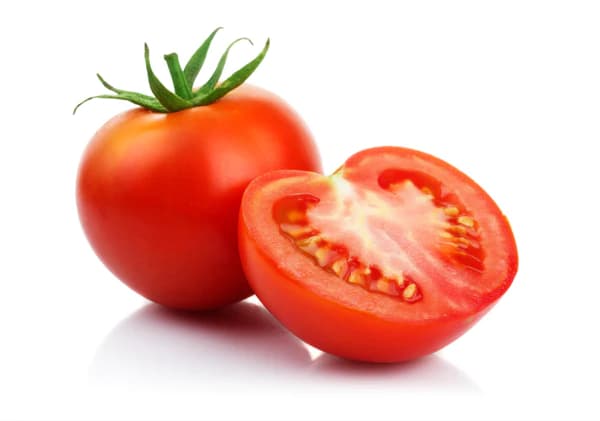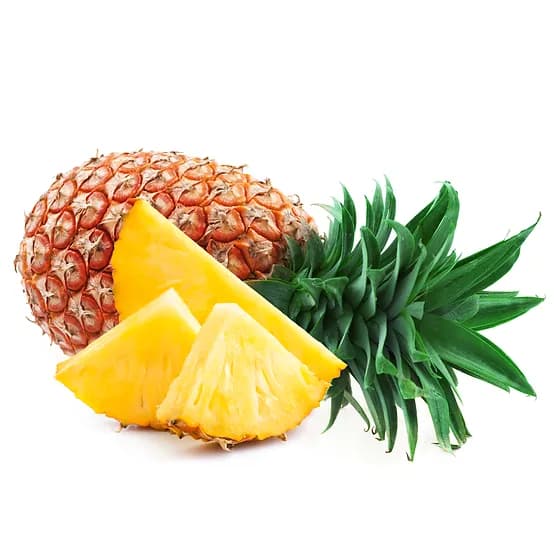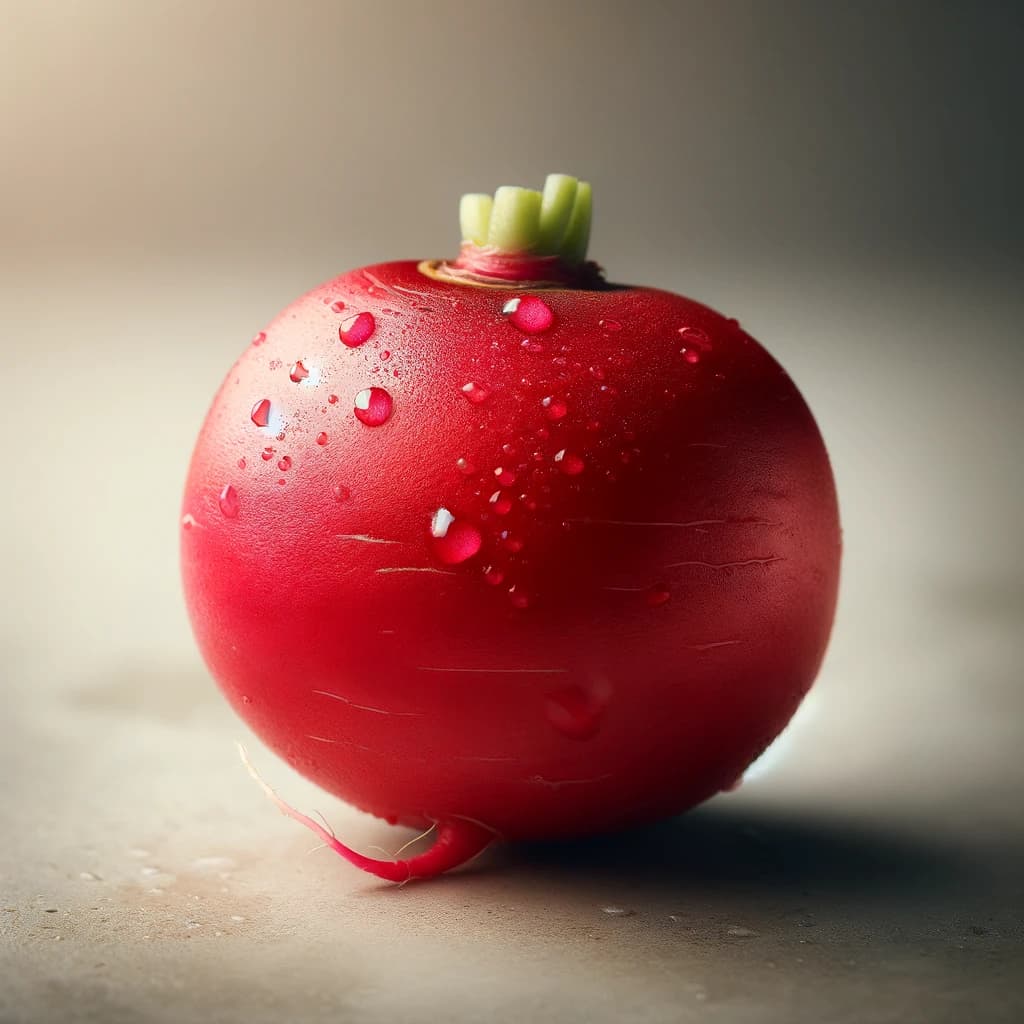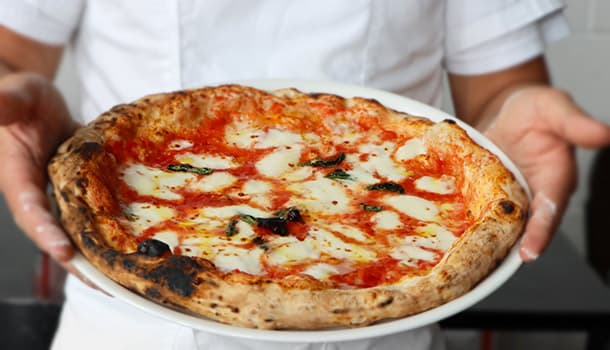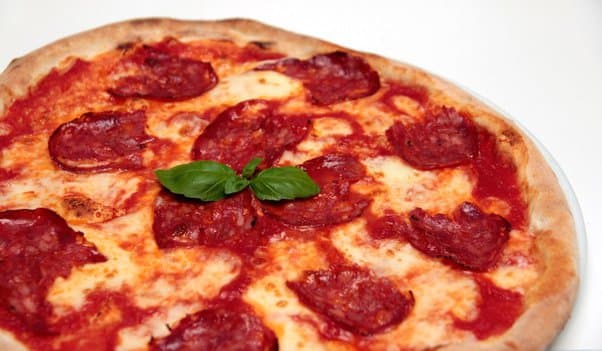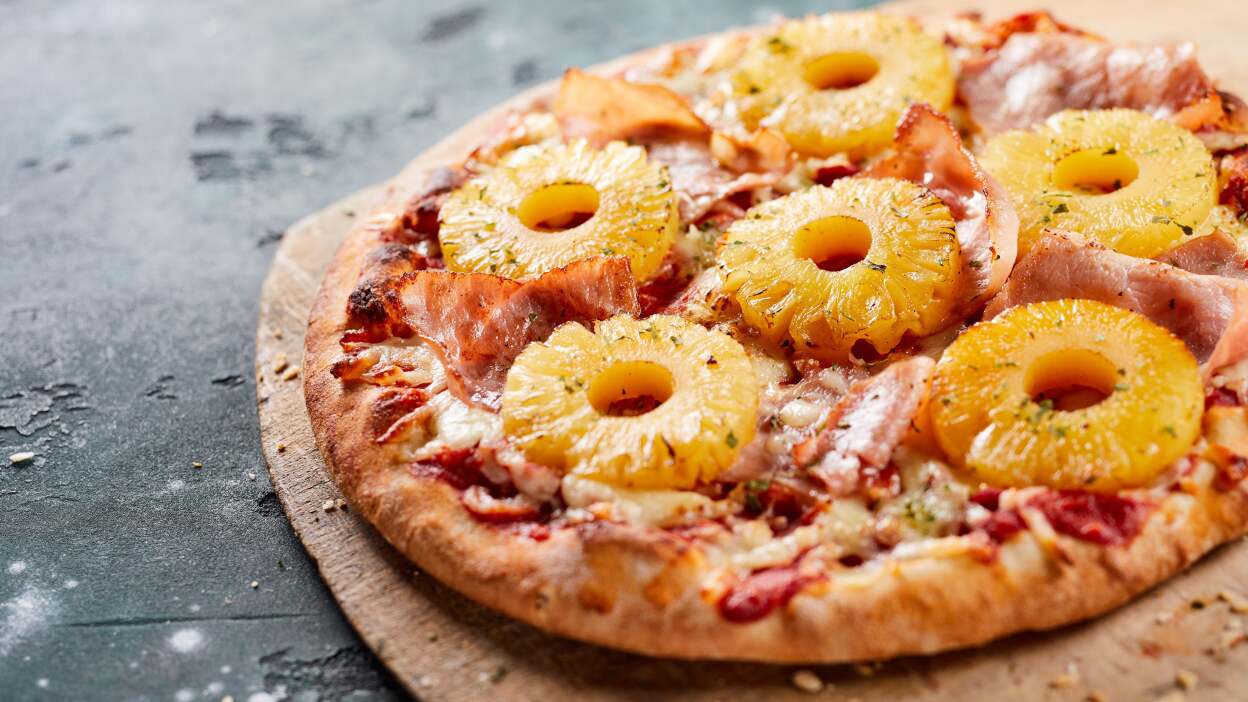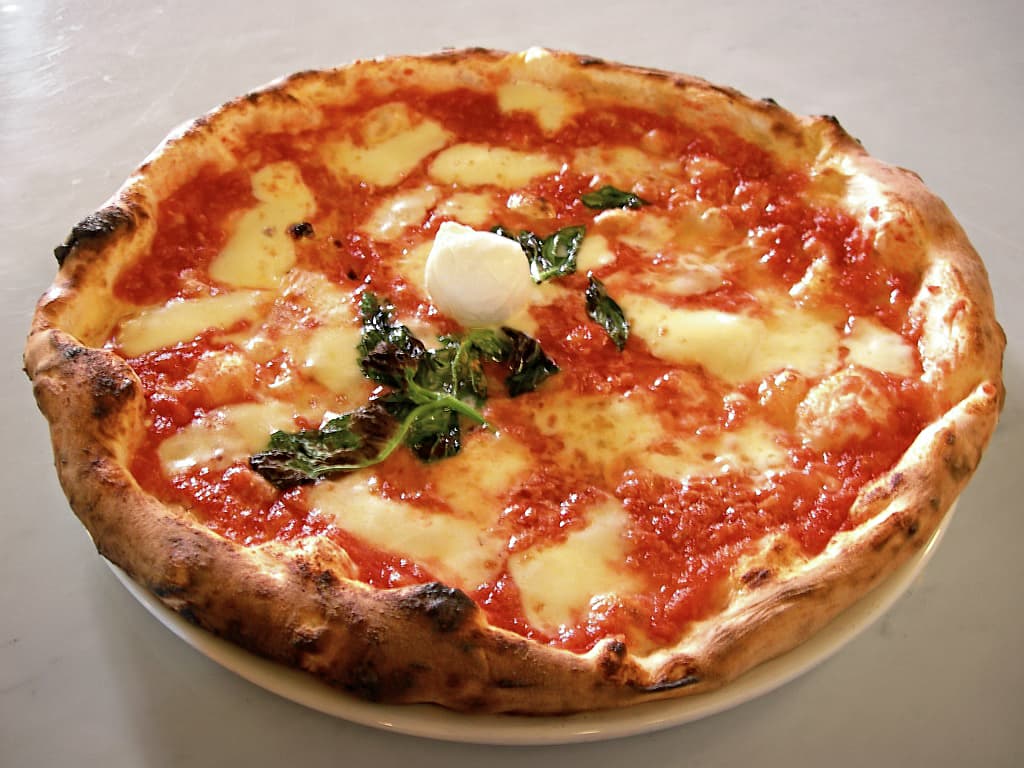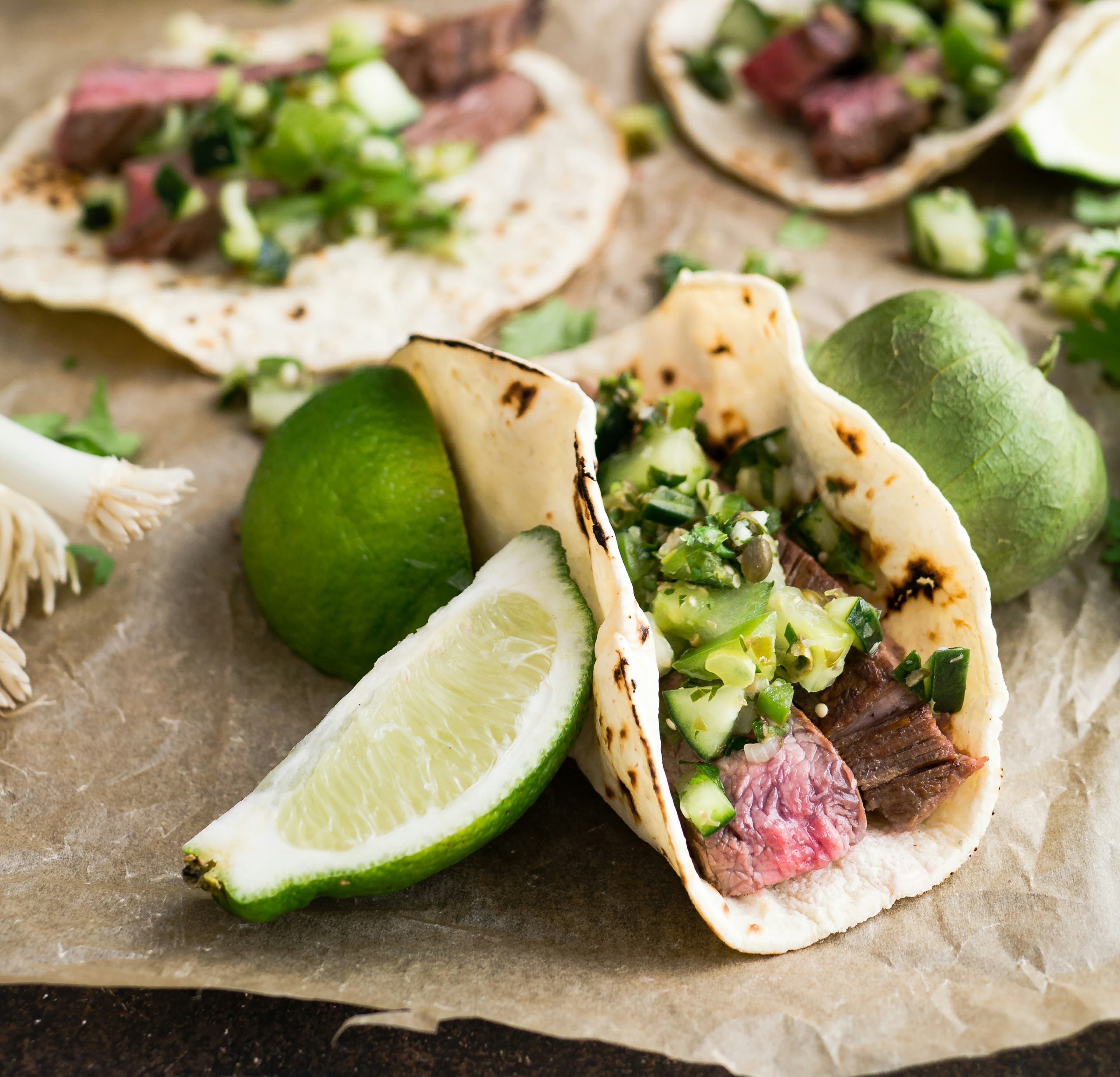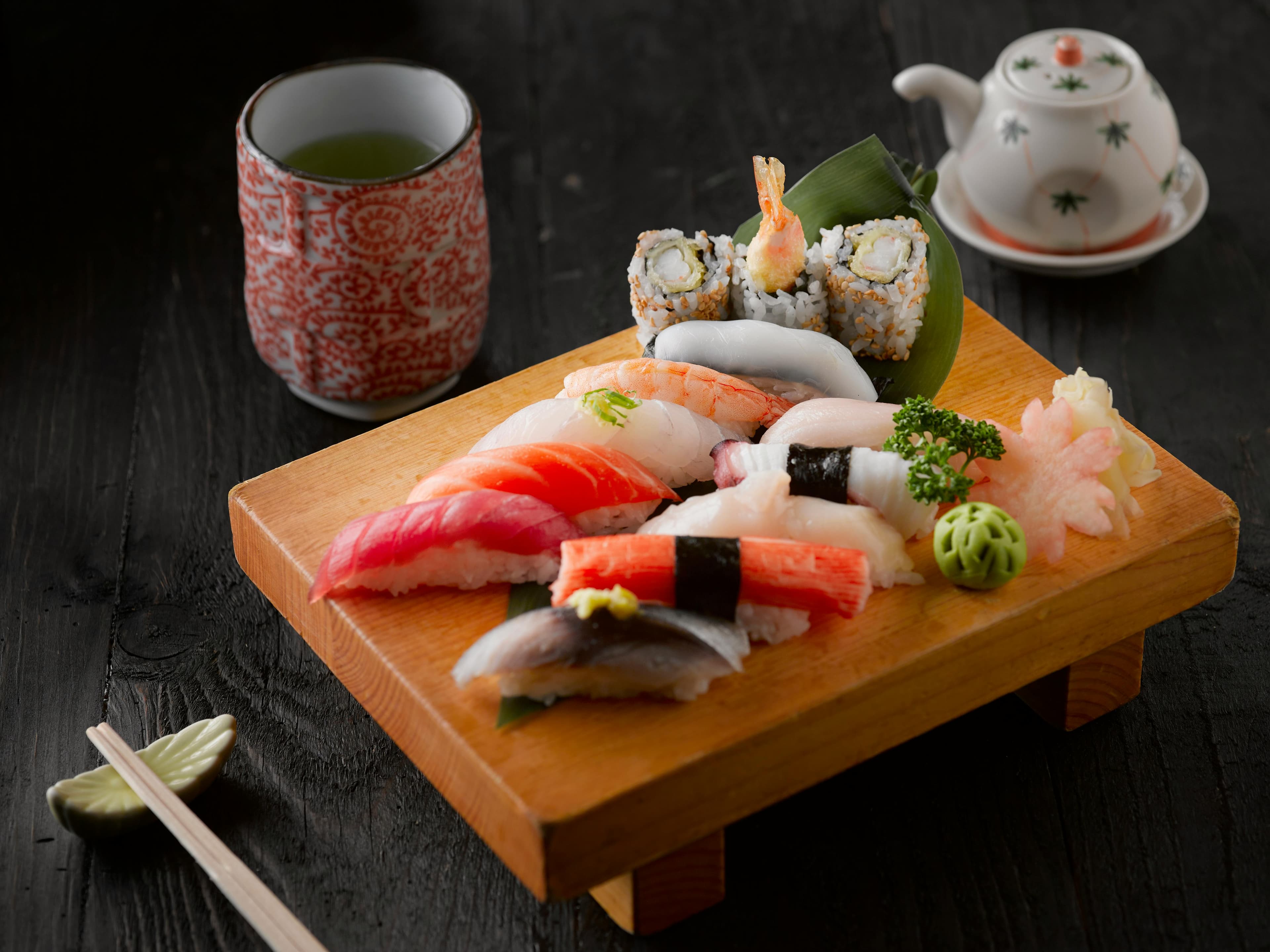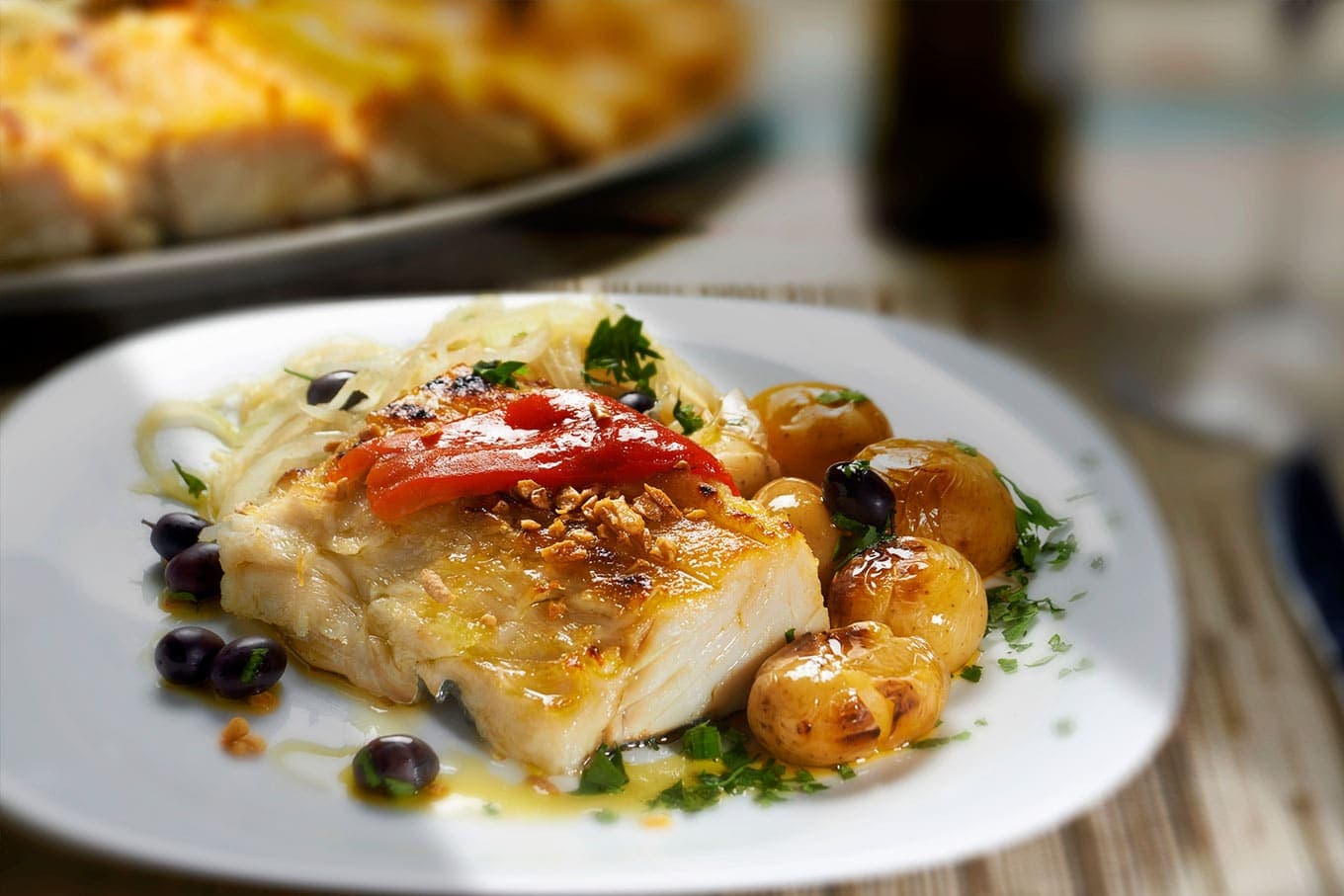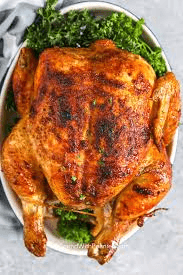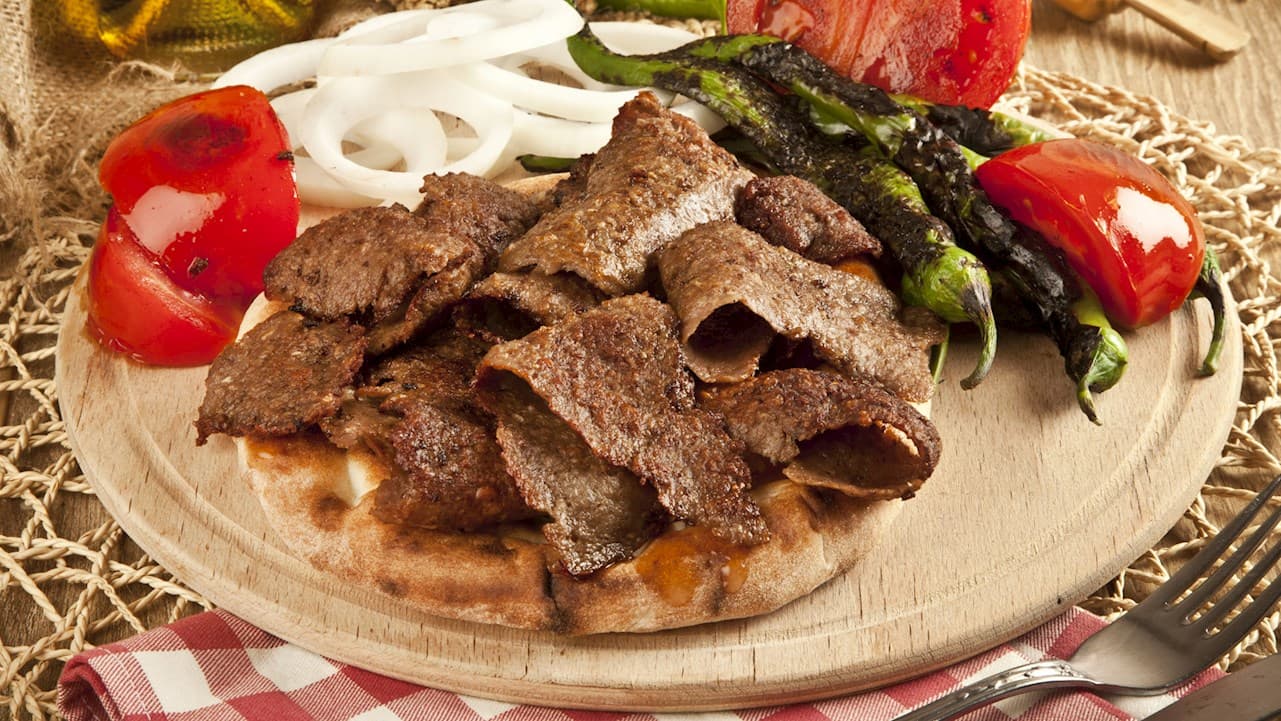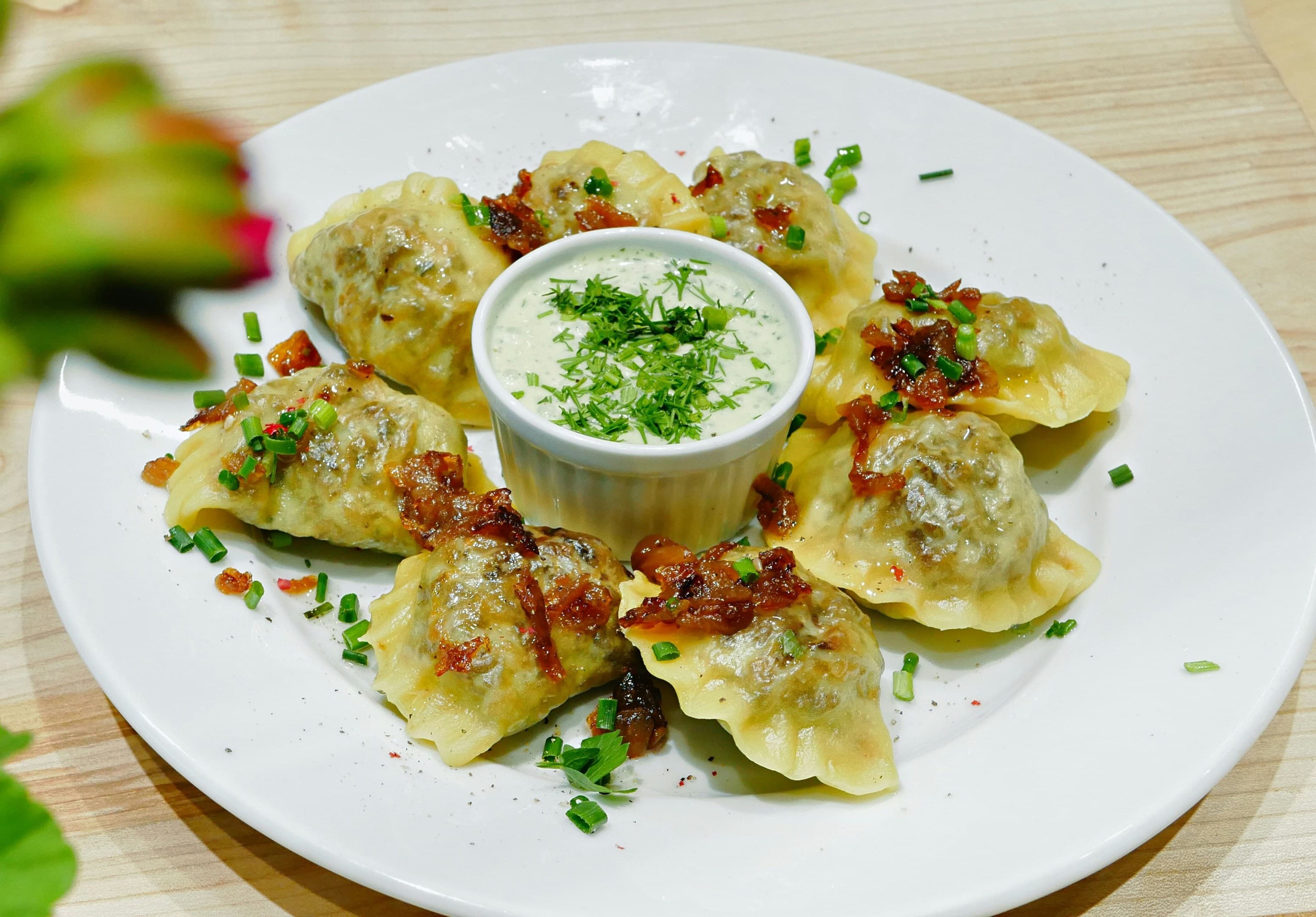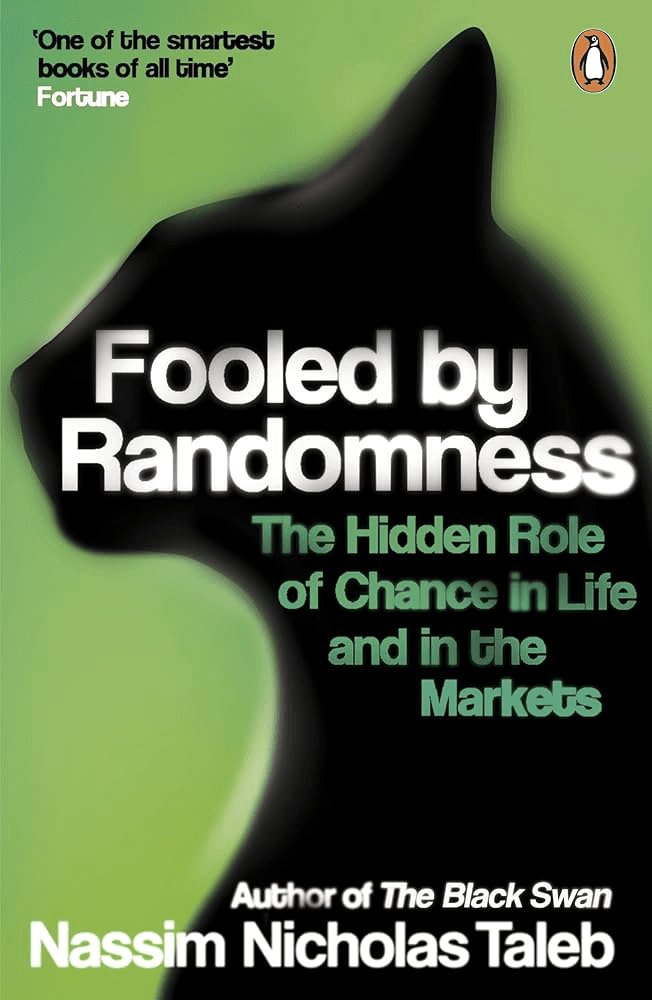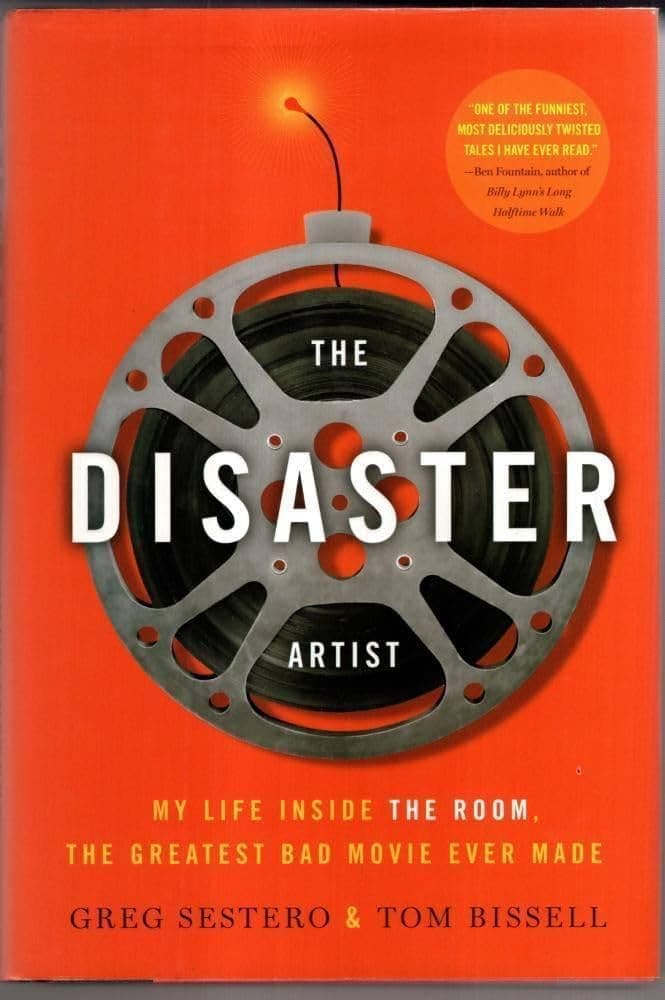Tomato vs. Banana
Tomato
Some consider the tomato a vegetable. They are wrong.
Banana
Behold, the atheists' nightmare. Now if you study a well-made banana, you'll find, on the far side, there are 3 ridges. On the close side, two ridges. If you get your hand ready to grip a banana, you'll find on the far side there are three grooves, on the close side, two grooves. The banana and the hand are perfectly made, one for the other. You'll find the maker of the banana, Almighty God, has made it with a non-slip surface. It has outward indicators of inward contents - green, too early - yellow, just right - black, too late. Now if you go to the top of the banana, you'll find, as with the soda can makers have placed a tab at the top, so God has placed a tab at the top. When you pull the tab, the contents don't squirt in your face. You'll find a wrapper which is biodegradable, has perforations. Notice how gracefully it sits over the human hand. Notice it has a point at the top for ease of entry. It's just the right shape for the human mouth. It's chewy, easy to digest and its even...
Reviews
Reviews
| Item | Votes | Upvote |
|---|---|---|
| No pros yet, would you like to add one? | ||
| Item | Votes | Upvote |
|---|---|---|
| No cons yet, would you like to add one? | ||
| Item | Votes | Upvote |
|---|---|---|
| Definitive proof of Intelligent Design | 1 |
| Item | Votes | Upvote |
|---|---|---|
| Phallic | 1 |
Frequently Asked Questions
Bananas are often considered easier to consume than tomatoes. They have a natural, biodegradable wrapper that makes them convenient to peel and eat without getting messy. Additionally, their shape and texture are designed to be easy to handle and digest. In contrast, tomatoes can be messier and often require cutting or preparation before consumption.
Tomatoes are generally more versatile than bananas. While bananas are primarily consumed as a fruit and used in desserts, smoothies, and baked goods, tomatoes can be used in a wide range of dishes, including salads, sauces, soups, and as a base for many savory recipes. This makes tomatoes a more versatile ingredient in cooking.
Both bananas and tomatoes offer significant health benefits, but they differ in their nutritional profiles. Bananas are rich in potassium, vitamin B6, and fiber, which are beneficial for heart health and digestion. Tomatoes, on the other hand, are high in vitamins A and C, as well as antioxidants like lycopene, which are known for their cancer-fighting properties. The choice between the two depends on the specific health benefits one is looking for.
A tomato is a fruit that is often mistakenly considered a vegetable. It is widely used in cooking and is known for its juicy texture and slightly tangy flavor.
Some people consider the tomato a vegetable due to its culinary uses. It is often used in savory dishes, salads, and sauces, which are typically associated with vegetables rather than fruits.
Tomatoes are rich in vitamins C and K, potassium, and folate. They also contain antioxidants such as lycopene, which has been linked to various health benefits, including reduced risk of heart disease and cancer.
Tomatoes are commonly used in salads, sauces, soups, and stews. They can be eaten raw, cooked, or processed into products like tomato paste, ketchup, and canned tomatoes.
Pros of tomatoes include their rich nutritional profile, including vitamins and antioxidants. They are versatile in cooking and can enhance the flavor of many dishes. Cons may include the fact that some people are allergic to tomatoes, and they can contribute to acid reflux in sensitive individuals.
Pros of bananas include being seen by some as definitive proof of Intelligent Design. Cons include the fact that some people find their shape phallic.
Bananas are unique because they have a non-slip surface, outward indicators of inward contents (green for too early, yellow for just right, and black for too late), and a biodegradable wrapper with perforations. They are also shaped to fit the human hand and mouth perfectly, making them easy to eat and digest.
The design argument for bananas suggests that their specific features, such as the ridges and grooves that fit perfectly into the human hand, the non-slip surface, and the color indicators for ripeness, are evidence of Intelligent Design by a creator.
